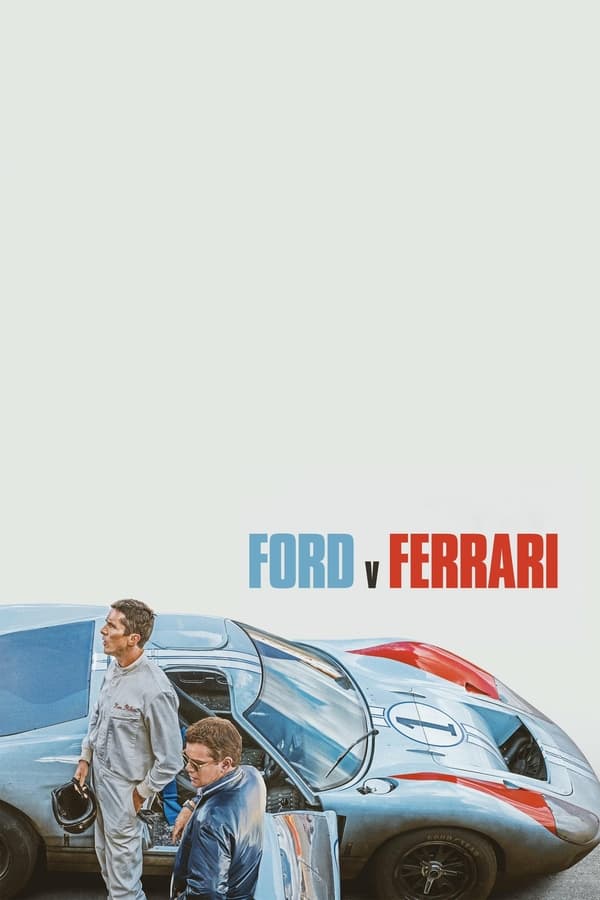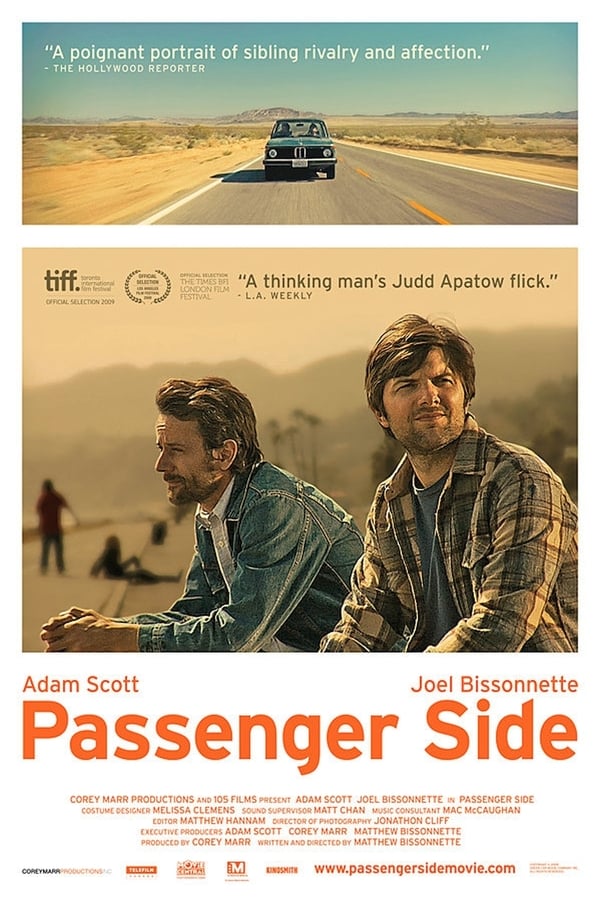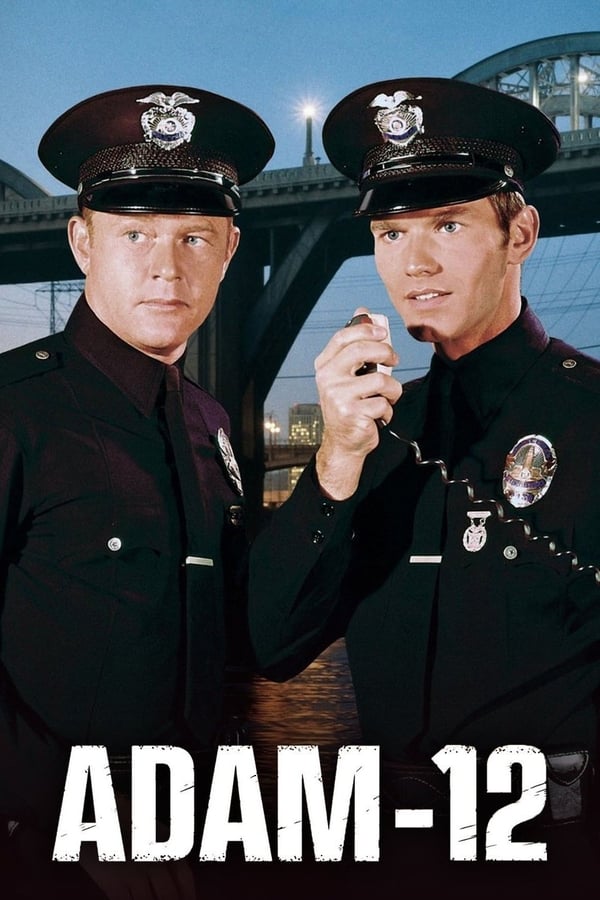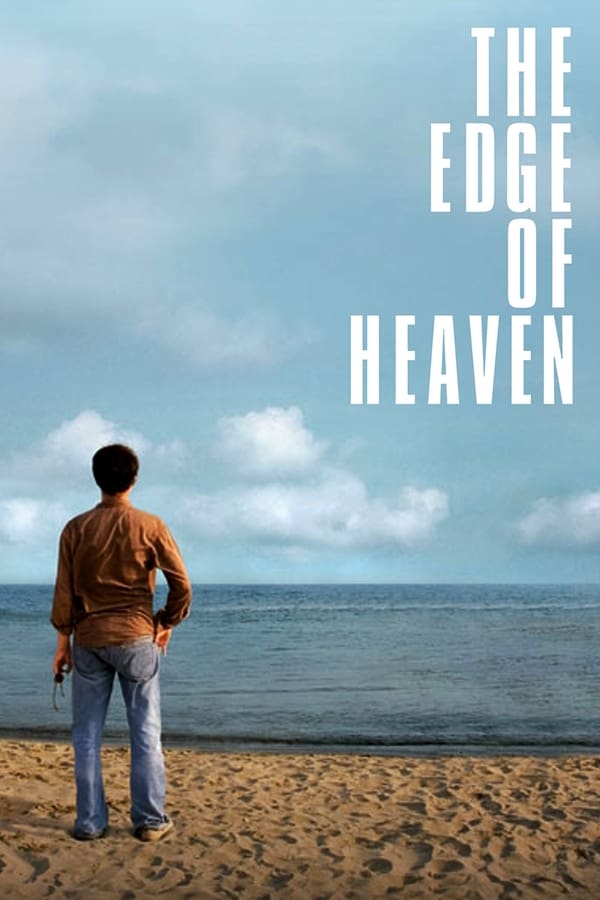Trailer
Toggle light
Comments
83 Views
Report
FavoriteIf current server doesn't work please try other servers below.
Server
Vidsrc
Server
1080P Only No ads
Server
GD
Server
StreamBucket

Ford v Ferrari 2019 Full Movie fmovies
Ford v Ferrari Full Movie fmovies: The Legendary Rivalry at Le Mans
In 1963, a bold proposition was made at Ford Motor Company. Lee Iacocca, the company’s Vice President, suggested to Henry Ford II that they could boost Ford’s sales by acquiring Ferrari, the dominant force in the 24 Hours of Le Mans. However, Ferrari’s owner, Enzo Ferrari, turned down the offer and used it as leverage to secure a deal with Fiat, which allowed him to retain control over Scuderia Ferrari, his racing team. The rejection was coupled with a public insult directed at Ford, sparking a deep rivalry between the two automakers.
Similar Content
This insult led Ford to make a decisive move. Henry Ford II ordered his racing division to create a car that would defeat Ferrari at Le Mans. In response, Iacocca recruited Carroll Shelby, a former racing driver who had won Le Mans in 1959 and the owner of Shelby American. Shelby’s first task was to build a car that could rival Ferrari’s machines, and he called on Ken Miles, a hot-headed English racing driver and mechanical engineer, to assist in the project.
The Birth of the Ford GT40 Mk I Prototype
In an attempt to catch up with Ferrari’s dominance, Shelby and Miles began working on the Ford GT40 Mk I prototype, developed at Los Angeles International Airport. However, the journey was far from smooth. During the launch of the Ford Mustang, Miles, known for his blunt honesty, sharply criticized the new car to Ford’s Senior Vice President, Leo Beebe. As a result, Beebe worked to prevent Miles from racing at Le Mans, seeing him as a liability for the company’s public image. Shelby, despite his personal connection with Miles, was forced to exclude him from the Le Mans race, opting instead for drivers Phil Hill and Bruce McLaren. Unfortunately, none of the Fords finished the race.
Ford’s Unyielding Commitment to the Project
Despite the setbacks, Shelby’s belief in the Ford GT40’s potential remained unshaken. When Ford demanded an explanation as to why he should not terminate Shelby’s involvement in the project, Shelby passionately explained that while the car faced reliability issues, it still reached an impressive 218 mph on the Mulsanne Straight before breaking down. He argued that race cars couldn’t be designed by committee, and the project had instilled fear in Ferrari. Ford, impressed by Shelby’s resolve, agreed to continue funding the project, but with the stipulation that Shelby report directly to him.
During the testing of the GT40 Mk II, another serious problem emerged: brake fade. This caused a crash and fire, though Miles survived. The team soon realized that the race rules allowed them to replace the entire brake assembly during the race, opening up new possibilities for their design.
The Battle at Daytona and Le Mans
In 1966, Beebe took over Ford’s racing division. As tensions grew, Shelby locked Beebe in his office and took Ford for a thrilling ride in the GT40, making a bold deal with Ford: if Miles won the 24 Hours of Daytona, he would be granted the opportunity to race at Le Mans. If not, Shelby’s company would be taken over by Ford. At Daytona International Speedway, Beebe pushed for a second GT40 entry, supported by a NASCAR team with faster pit stops. However, Shelby gave Miles the green light to push his car beyond its limits, and the strategy paid off as Miles won the race.
Le Mans: A Strategic Showdown
The stage was now set for Le Mans. In the first lap of the 1966 race, Miles faced a major issue: a faulty door on his car. After a quick fix, he began setting new lap records, catching up with the Ferraris. However, during an intense battle with Ferrari’s Lorenzo Bandini, the Ford GT40 suffered brake fade. Miles limped into the pits for a brake assembly replacement, despite protests from Ferrari. Shelby assured race officials that the repair was legal.
As the race progressed, the Fords found themselves in the top three positions. However, Beebe ordered Shelby to have Miles slow down, allowing the other Fords to catch up and set up a three-car photo finish for the media. Shelby conveyed Beebe’s orders to Miles, but it was ultimately up to Miles to decide. Initially, Miles continued to set impressive lap records, but in the end, he chose to comply, slowing down for the final lap.
The Controversial Outcome
In a twist of fate, Bruce McLaren was declared the winner of the race. As he had started behind Miles, his car had traveled further over the course of the race. Miles finished second. Shelby, frustrated, accused Beebe of deliberately sabotaging Miles’ victory, but Miles, ever the sportsman, let the incident go, calmly telling Shelby, “You promised me the drive, not the win.” From a distance, Ferrari’s Enzo Ferrari tipped his hat to Miles in a rare moment of respect.
The Tragic Loss of Ken Miles
Two months later, tragedy struck during a test at Riverside International Raceway. A mechanical failure in the J-car caused a fatal crash that took Miles’ life. The racing world mourned the loss of a true legend. Six months later, Shelby visited Miles’ widow, Mollie, and his son, Peter. Shelby, who had always shared a deep bond with Miles, gave Peter a wrench that Miles had once thrown at him in anger, a memento of their time together.
The Legacy of Ken Miles and Ford
The legacy of Ken Miles lived on in the racing world. Ford went on to dominate Le Mans, winning the race in 1967, 1968, and 1969. Ken Miles was posthumously inducted into the Motorsports Hall of Fame of America in 2001, cementing his place in racing history.
Watch Ford v Ferrari Full Movie fmovies Now
The story of Ford v Ferrari is a testament to human resilience, ingenuity, and the unyielding desire to triumph over the odds. If you haven’t yet watched the Ford v Ferrari Full Movie fmovies, now is the perfect time to experience this riveting battle on the big screen. Don’t miss out on the full journey of Shelby, Miles, and the Ford team as they take on Ferrari at Le Mans in one of the most legendary rivalries in motorsports history.
You may also like
×











